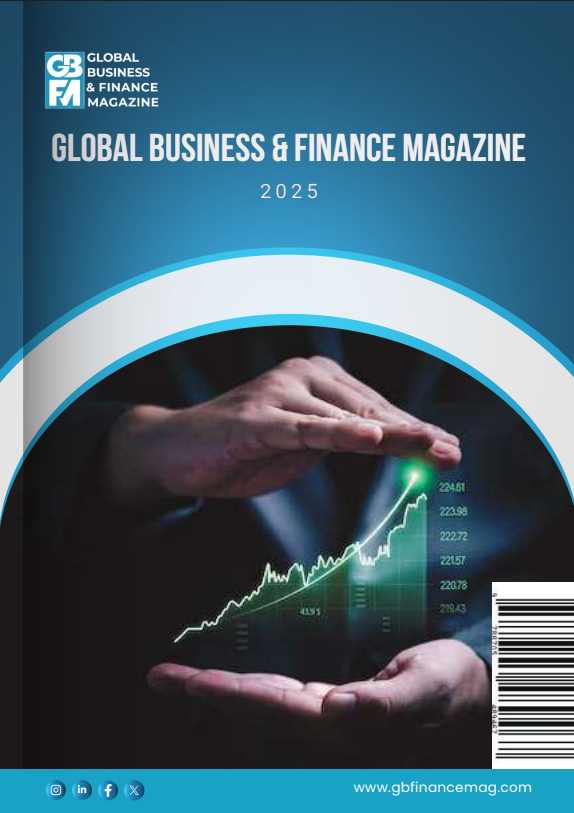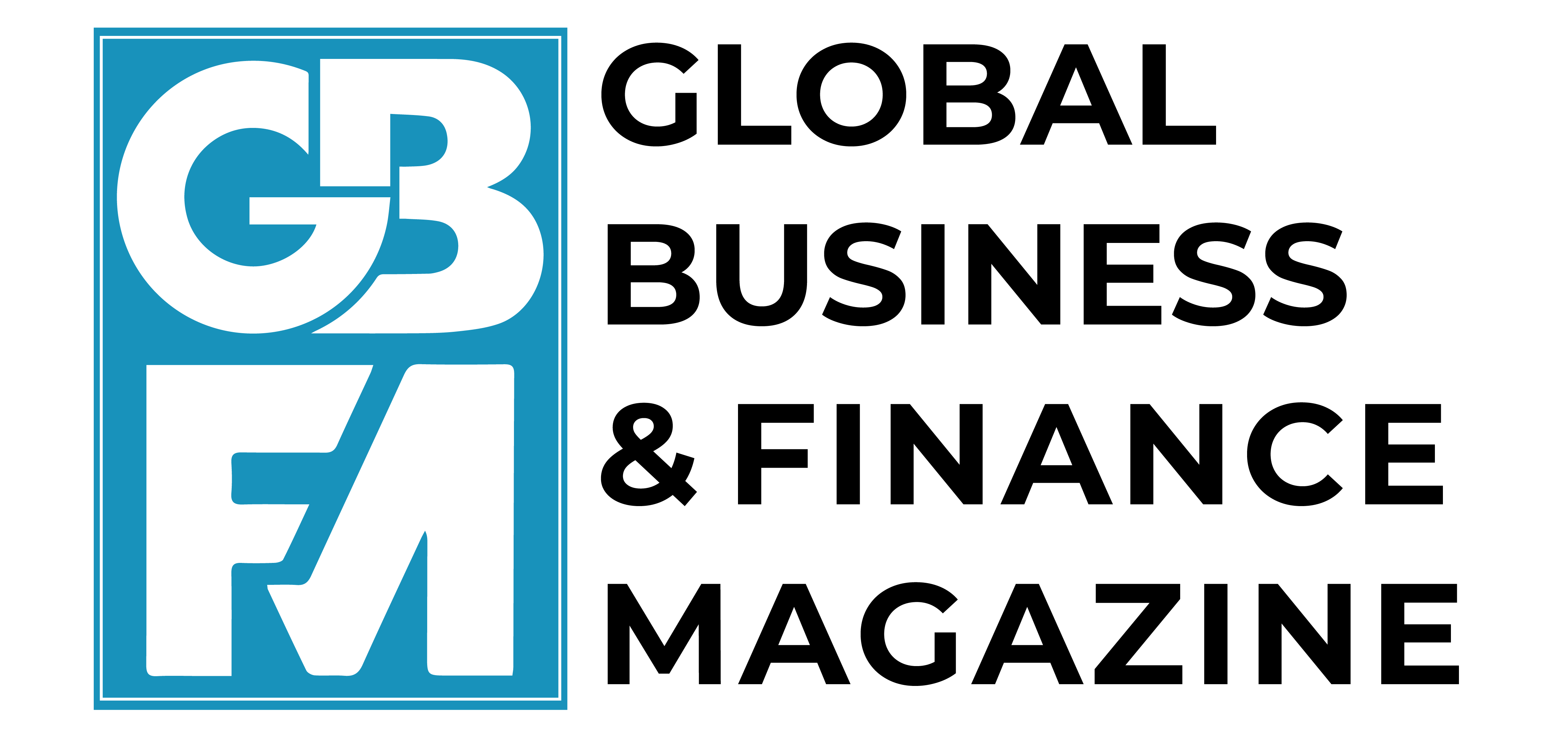Swedish household debt is not too high: Look at solvency and liquidity, not debt to income

The Swedish authorities and international organisations often claim that household debt poses a threat to financial and macroeconomic stability, with reference to a high debt-to-income
Oil market glut: surging output and sluggish demand pressure prices

This blog post is part of a special series based on the October 2025 Commodity Markets Outlook, a flagship report published by the World Bank. This series
Gender wealth inequality in the European Union: a distributional perspective

Analysis of single women and men in Europe reveals persistent gender wealth gaps and differing patterns across countries. This paper investigates gender-related disparities in wealth
Insuring labour income shocks: The role of the dynasty

Beyond government and market-based insurance, the family remains a key institution for coping with economic risk. This column uses detailed Norwegian data to study how
China can decarbonise the world – but even that won’t fix its overcapacity problem

China is on track to meet global green-tech demand but needs to pivot from manufacturing to infrastructure. China is crucial role to the world’s green
Easy money, easy spending: A new take on the resource curse

When wealth or income suddenly increases (‘easy money’), this may be directed towards unproductive ‘easy spending’. This column explores the relationship between conspicuous consumption and
The aftermath of tariffs

The tariff spree during the first 100 days of the current US administration created bewildering economic policy chaos. The first 100 days also marked the
The Chinese economy: stimulus without rebalancing

China’s growth model has continued to rely on expanding industrial capacity and exporting to the world, rather than on domestic consumption. This has lead to
The supply side of monetary policy: How floating-rate loans blunt the ECB’s fight against inflation

Central banks raise interest rates to reduce aggregate demand and bring inflation down. This column uses credit register data and product-level price data from the
The making of a supply shock: Tariff propagation via domestic production networks

President Trump’s “Liberation Day” announcement triggered a discussion of whether import tariffs can reduce trade deficits or boost certain industries. This column develops a model,





